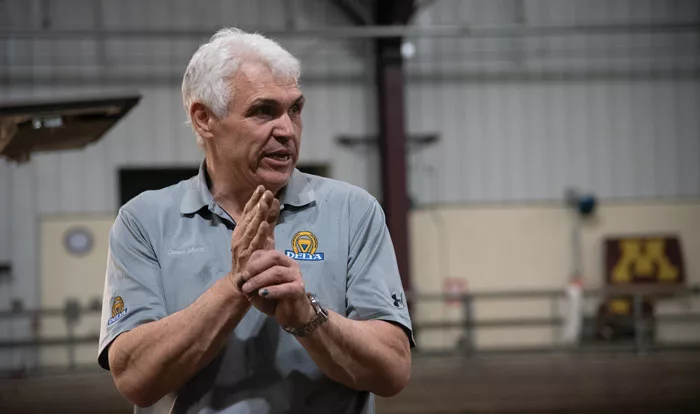American Farriers Journal
American Farriers Journal is the “hands-on” magazine for professional farriers, equine veterinarians and horse care product and service buyers.

The clock is ticking the moment a freshly trimmed hoof is placed on the floor. After all, horses’ hooves don’t grow into balance; they grow out of balance. But what if they could?
It’s a concept that might sound improbable, if not impossible. Yet, it’s all in the trim, as they say. During the late April Mustad Master Clinic Tour in St. Paul, Minn., farrier Grant Moon of Cannock, England, shared how hoof growth ratios and proportionality influence his trimming and shoeing protocols, as well as how he educates his clients to maintain a consistent schedule to protect their investments in their horses.
How a horse grows horn and the amount it grows are important considerations in ensuring a healthy, effective foot.
“I still believe that 90% of shoeing is the trim,” says the International Horseshoeing Hall of Fame member. “We have to trim to optimize the function of the foot. We have to trim on all planes. We might have to float heels or toes, but the trim is necessary to relax the structures of the foot. Hoof integrity is important and we must maintain it.”